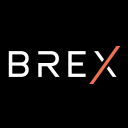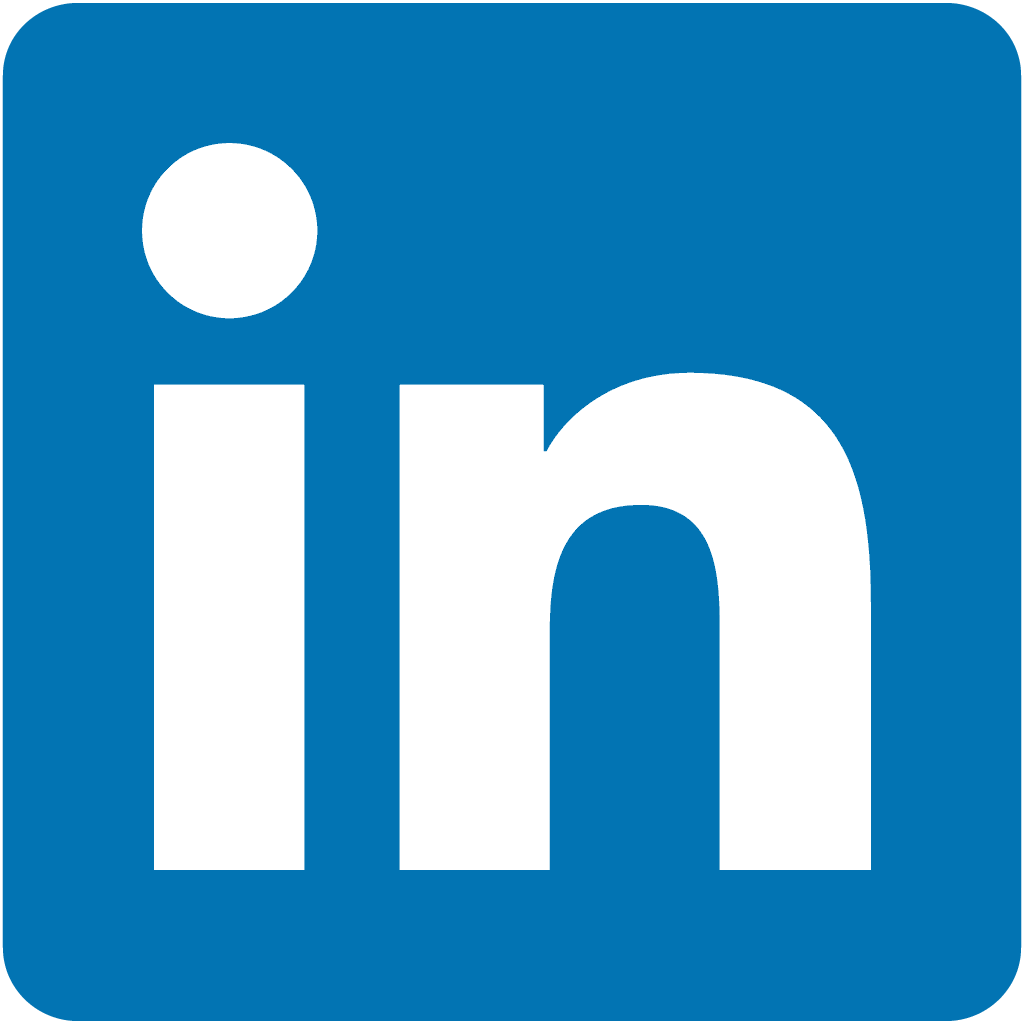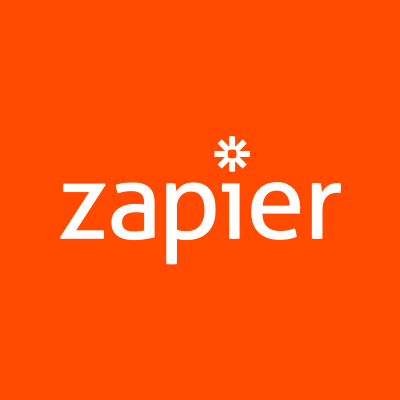Running An Employee Experience SaaS Platform [Raised $10M In Series A]
My name is Jonathan Fields, I’m the CEO and Co-Founder of Assembly. I started Assembly for two reasons: 1) I experienced a great culture in my career and I experienced a terrible culture in my career and having a great culture makes the world of difference in an employees day to day life and 2) Building something from scratch is so fun!
Assembly currently has raised over $14M in venture capital, we have north of 4K customers on the platform and we are growing aggressively every single month!
Assembly is an employee experience intranet. We aim to accomplish the following inside an organization
- Allow leadership to share information with their team
- Allow employees to find information seamlessly
- Create an engaged team (building a sense of community across an asynchronous organization)

Download the report and join our email newsletter packed with business ideas and money-making opportunities, backed by real-life case studies.

Download the report and join our email newsletter packed with business ideas and money-making opportunities, backed by real-life case studies.

Download the report and join our email newsletter packed with business ideas and money-making opportunities, backed by real-life case studies.

Download the report and join our email newsletter packed with business ideas and money-making opportunities, backed by real-life case studies.

Download the report and join our email newsletter packed with business ideas and money-making opportunities, backed by real-life case studies.

Download the report and join our email newsletter packed with business ideas and money-making opportunities, backed by real-life case studies.

Download the report and join our email newsletter packed with business ideas and money-making opportunities, backed by real-life case studies.

Download the report and join our email newsletter packed with business ideas and money-making opportunities, backed by real-life case studies.






































